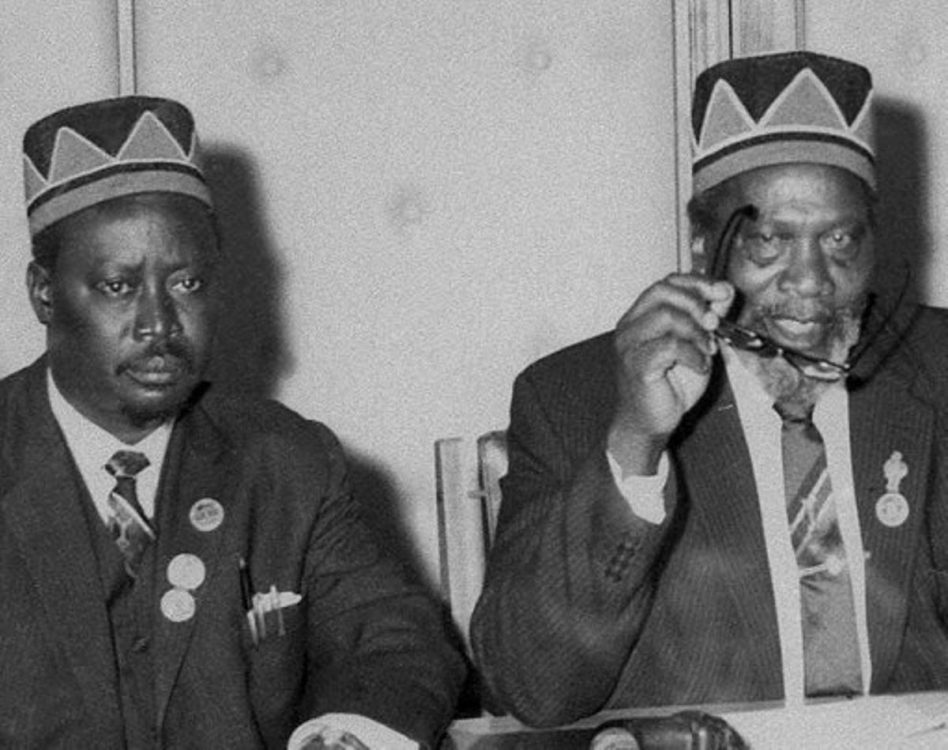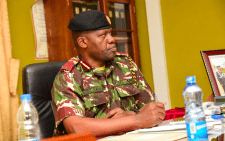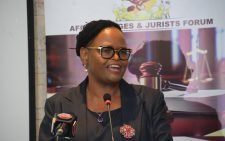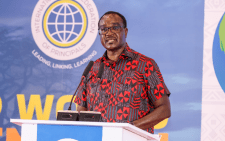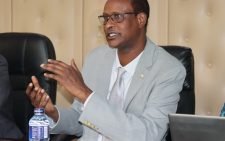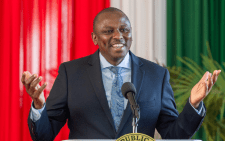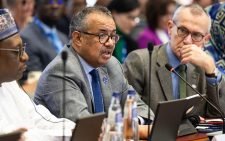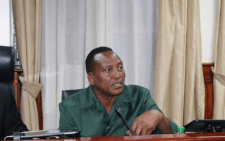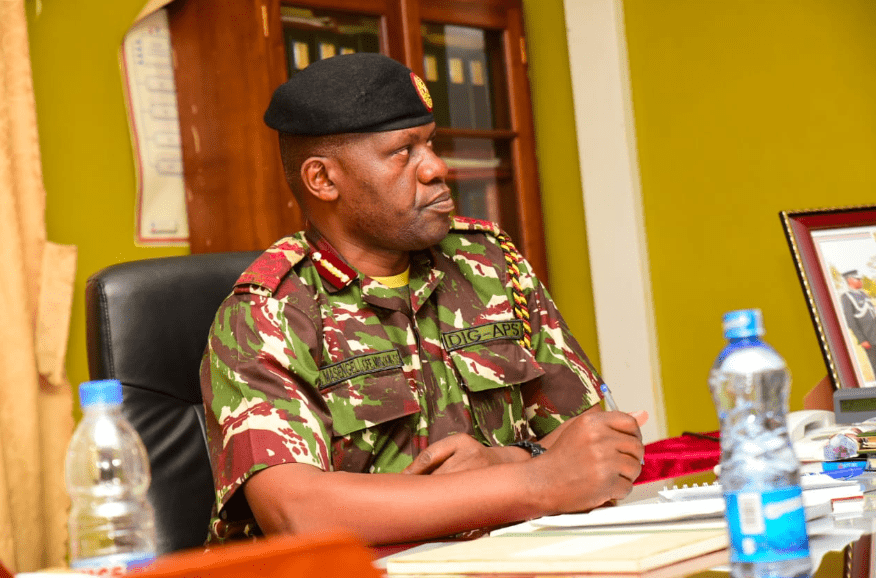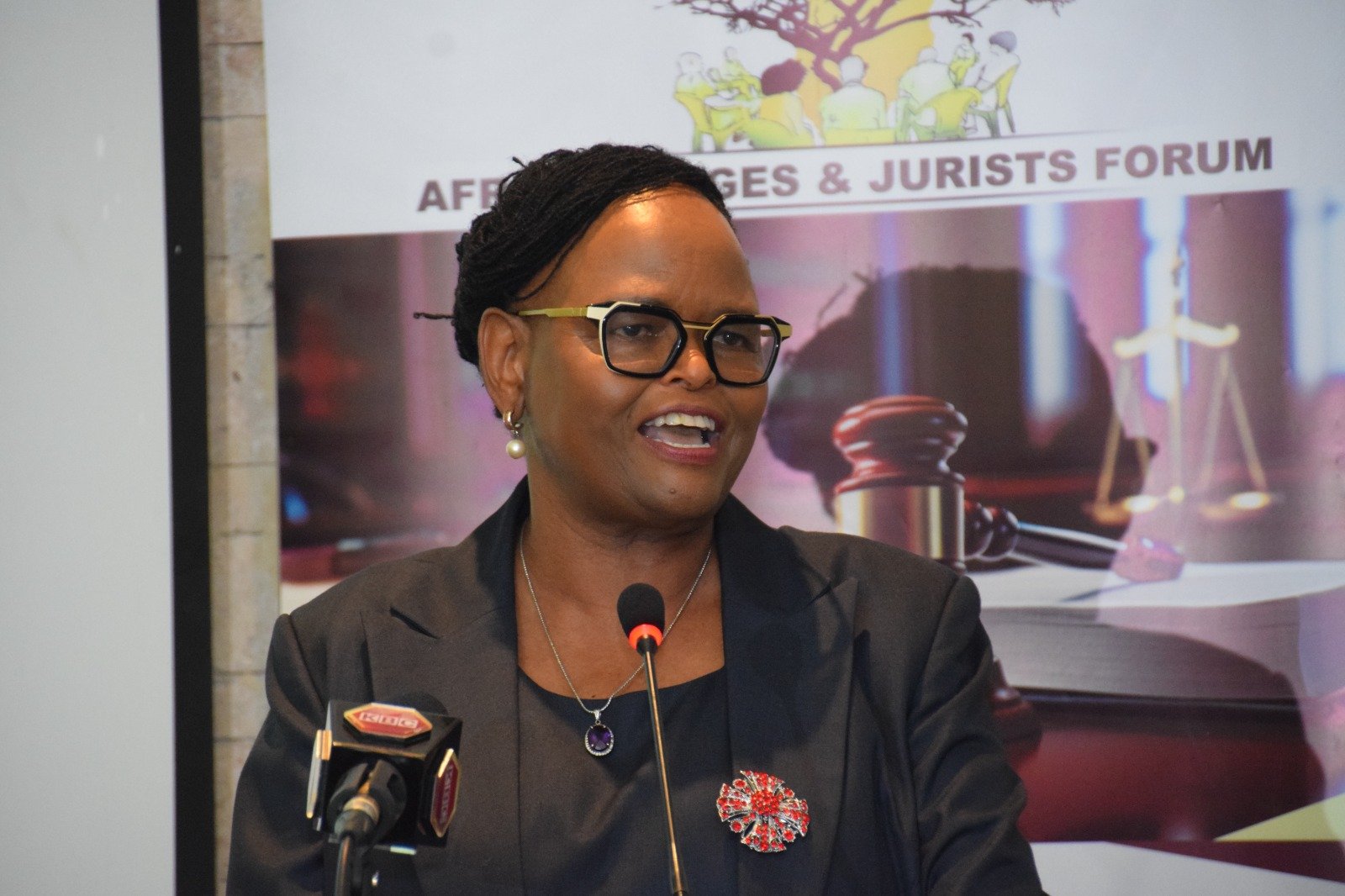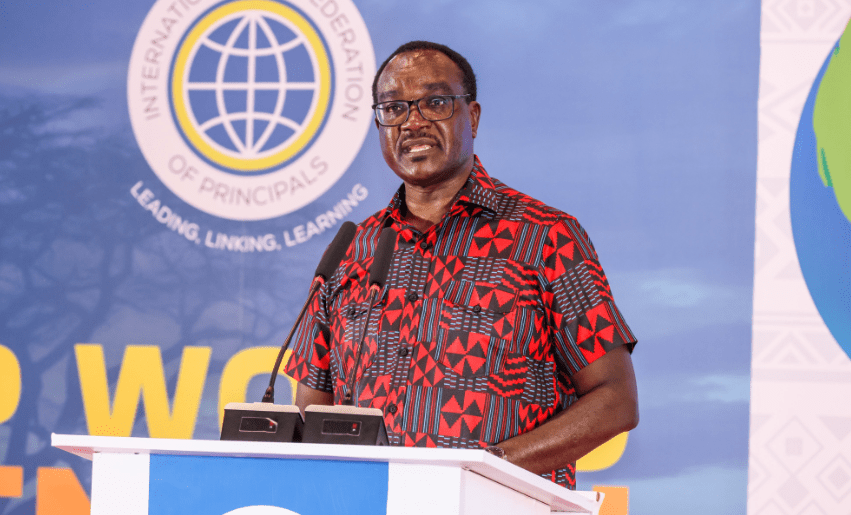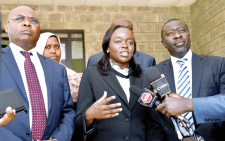History in African countries is often contested, and it is not hard to see why. In Kenya, there is hardly a clear history of Mau Mau. It is hard to tell who Dedan Kimathi really was. Even the role that the nation’s founding father, Mzee Jomo Kenyatta, played is contested.
Then to the early fathers of this nation. You must travel to Rusinga Island to understand who Tom Mboya was. He was a pivotal player in Kenya’s early history, yet his speeches are hard to come by. His book is out of print and unavailable to consumers.
Ditto Jaramogi Oginga Odinga. His museum in Bondo may be the most authentic history on him. That museum mixes the Jaramogi story with that of Raila Odinga, as if Raila is an extension of his father.
There are other players – Kungu Karumba, Bildad Kagia, Achieng Oneko, Paul Ngei. They lived, but today, it is challenging to fuse their life into the bigger Kenyan story.
Kenya’s experience is no different than elsewhere in Africa: Uganda, Tanzania and beyond. In South Africa, the continent’s biggest economy besides Nigeria, the slide to this forgetfulness is in full course.
A trip to Robben Island, where Mandela was incarcerated and the image of a larger-than-life man formed, leaves one yearning to understand the man better. It is only thirty-some years since Mandela left that prison to embark on a journey of becoming the first black president of South Africa.
The prison stands where it stood, and the structures are in place. Some players in the last chapter of the prison act are there to tell the story. But their story is already in patches fused with the bitterness of unfulfilled promises. Listening to the tour guides relive the past, you would think there were only two prisoners: Robert Sobukwe and Nelson Mandela.
The Sobukwe complex is intact and well-kept. Poor soul, he lived in solitary confinement for demanding the repeal of the passbook. Alone, unspoken to for years, he lost his voice and eventually died in prison in Kimberly.
Then you move to Nelson Mandela’s cell, and there is nothing to tell the story of Africa’s distinguished freedom advocate. The cell is there; the bucket that served as his toilet and the sleeping mat are in place. Outside, the garden he beautifully describes in The Long Walk to Freedom is turning into a dry patch of land with a small green section at the corner.
The cell does not have Mandela’s name or prison number – nothing to tell you Mandela was there. The patch of rocks that he put up when he visited the prison after his release is just that, a heap of stones with no history to it. It could have been written and left there for visitors to read. The cave Mandela called their university is still there, but nothing to tell its significance in their prison experience.
The guides do well in telling the story, but there are gaps in their storytelling, and questions from tourists quickly derail them. By the end of the story, you realise it is incomplete. There is no mention of Winnie or Mandela’s children, no mention of others who were in prison with Mandela.
You leave the island and head back to shore, having seen the place and not heard the story. A creative guide may soon fill in the gaps with wild imaginations.
Recently, our President toured the United States and among the locations he visited was the Martin Luther King Jr Museum. By the time you finish the tour, having sat on the pews, viewed the pulpit where Martin preached from, having listened to his speeches, you feel as if you had been transported in time to the experience of the freedom fighter.
The presidential delegation also toured President Jimmy Carter’s library, and what a journey through memory line that was. The economic value of a good museum is unparalleled, and so is its historical value. Let us immortalise our history. Africans must stop continuing to be an oral society.
— The writer is the Dean of Daystar University’s School of Communication

